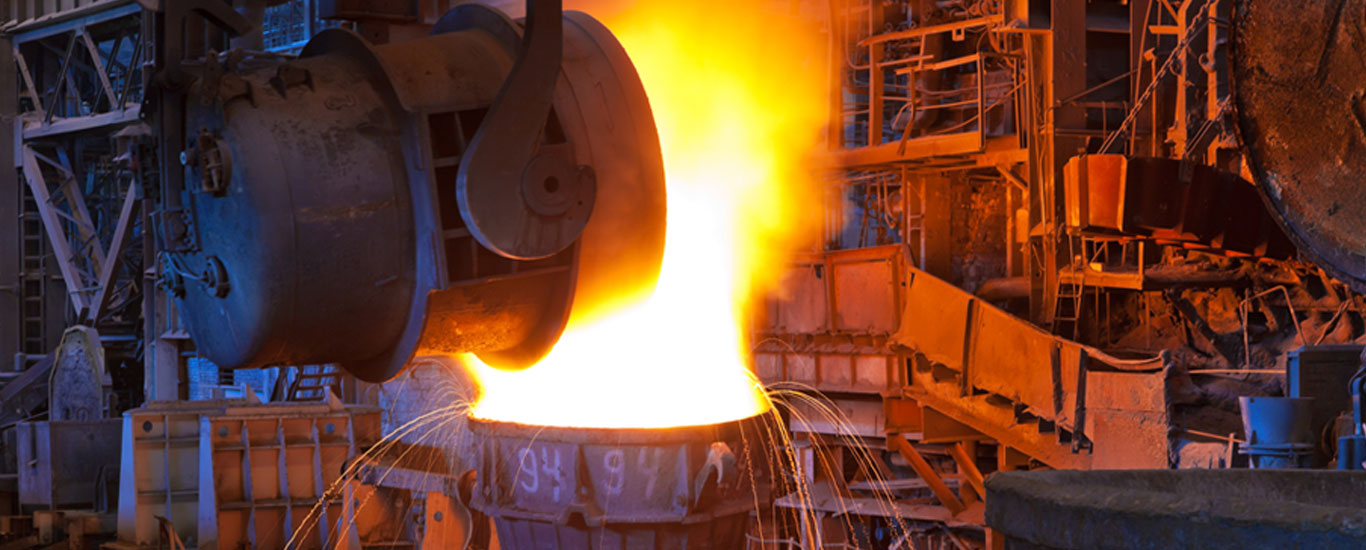
Critical Control of Process Gas
Coke oven flue gas: The gas produced in coking process mainly contains carbon monoxide(CO), methane(CH4) and hydrogen(H2). The presence of flammable and explosive gases requests a continuous monitoring of oxygen(O2) for safe operation.
To control efficiency of the desulfurization tower needs a reliable measurement of Hydrogen sulfide(H2S) before & after it.
Coke dry quenching (CDQ): The circulating gas used for cooling the red hot coke thereafter forms carbon monoxide(CO), carbon dioxide(CO2) and carries oxygen(O2), and possible hydrogen(H2). Continuous monitoring of above gases helps reduce burning loss and ensure safe operation.
FPI's Solution
FPI's Laser Gas Analyzer (LGA) is seamlessly customized for this challenging application. The non- contact laser and sensor combined with continuous purge results in virtually maintenance free. Enhanced with FPI's patented one-piece-half-open flange makes LGA the benchmark monitor for electrostatic tar precipitator, realizing minimum 70-80% laser transmittance given the extremely harsh condition. High-speed response (down to 1s) of the in-situ analyzer highlights its reliability for safety control. The extreme monochromaticity of laser spectrum ensures no cross-interference with all other gas species.